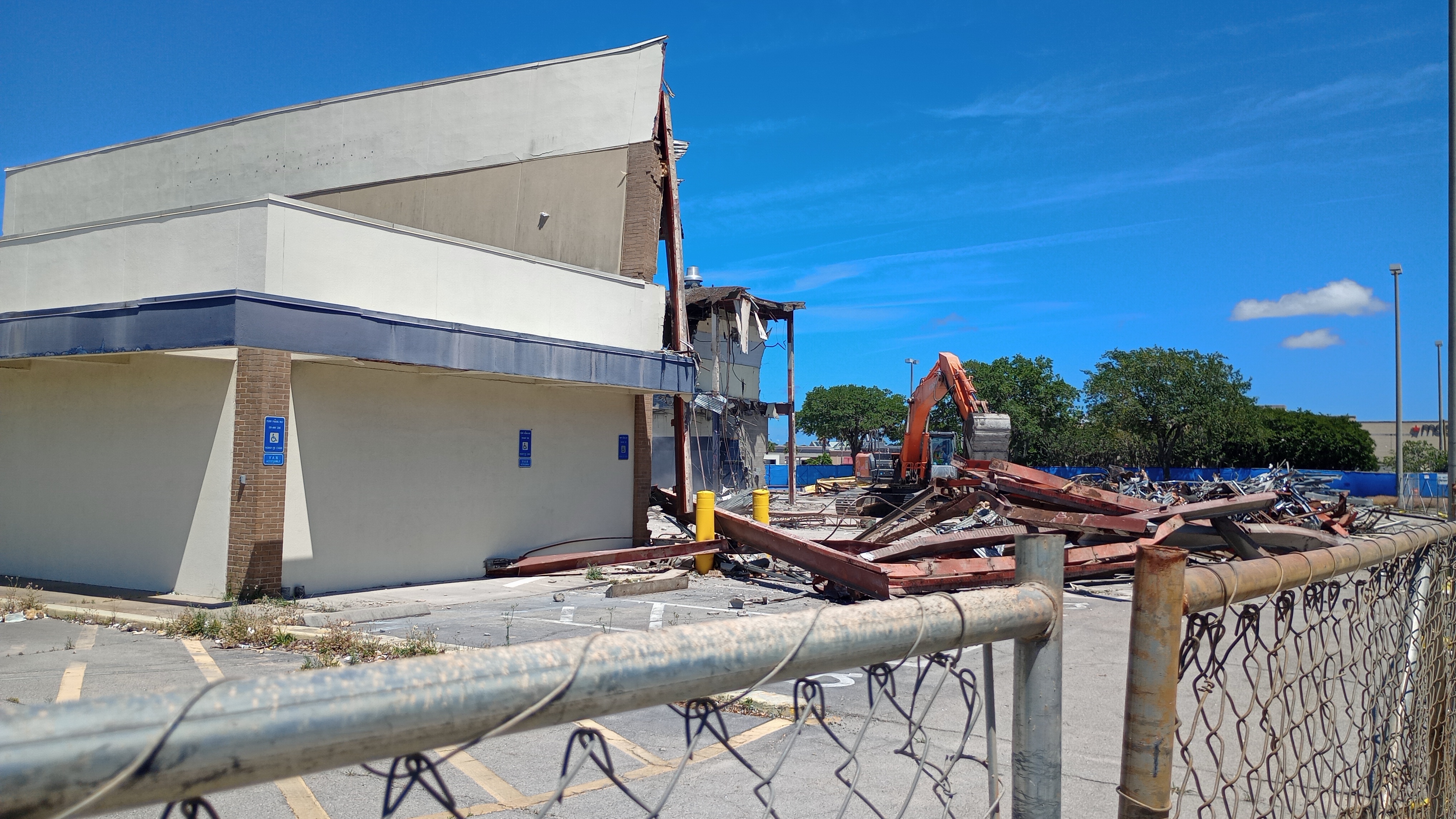this post was submitted on 03 May 2024
88 points (94.0% liked)
Mildly Interesting
17390 readers
271 users here now
This is for strictly mildly interesting material. If it's too interesting, it doesn't belong. If it's not interesting, it doesn't belong.
This is obviously an objective criteria, so the mods are always right. Or maybe mildly right? Ahh.. what do we know?
Just post some stuff and don't spam.
founded 1 year ago
MODERATORS
you are viewing a single comment's thread
view the rest of the comments
view the rest of the comments

They already screwed up however
To fight off Walmart they got rid of all the shipping and things that made the catalog work in 1993 like the little outlet /pickup stores in small communities.
They focused on the physical stores and peaked in 2007 just in time for Amazon to take off. They no longer had all that distribution that gave up in 1993.
https://www.businessinsider.com/rise-and-fall-of-sears-bankruptcy-store-closings#in-the-early-2000s-kmart-acquired-sears-to-form-a-new-major-company-sears-holdings-corporation-18
This is correct. And to add to this, not only did Sears employ a "retail first" model at precisely the wrong time, they continued to cling to it well past the time the writing was already on the wall that this was a dumb idea.
Sears did, of course, eventually have an online commerce web site just like everyone else. But the problem was Retail First^tm^! so their online pricing and selection was the same as their in store selection, i.e. significantly more expensive or limited than everyone else's, or both. They also categorically failed to add third party vendors to their web site until a literal decade after Amazon and even Walmart did.
Ya, Amazon dominated by going from books to everything. However more importantly the put warehouses and distribution EVERYWHERE.. It used to take 2-4weeks domestically to buy something mail-order or on line. It was amazon that got us down to 3 days, next day, then same day for online orders.
Back in 1993 Sears had this ability.. I used to remember my mom shopping from the catalogue and driving in to the closest little Sears pickup location which where everywhere like little UPS stores etc. Hell further back in time you could order a house from Sears.
In hind sight, if Sears still had its credit division and distribution network it would have been able to take on modern online buy now pay later services and been able to out deliver amazon.
The problem for Sears, though, was the bottomless pit in the middle. Remember that Amazon famously did not turn a profit at all until 2001, operated at a complete loss by just setting investor money on fire for its first decade and a half of existence, and failed to actually generate meaningful profits and not just technical pennies on the dollar until 2004. Nobody actually expected them to succeed at first. Amazon wasn't the company to beat, they were nobody. Walmart and Target were perceived as the "real" competition.
Throughout that entire period, a solid 20 years from 1995 to, say, 2005, Sears would have to remain profitable and solvent. And mind you that internet shopping didn't really become a truly mainstream thing until the mid 2000's. Sears would have had to maintain their catalog and logistics operations in perfect working order for two decades before online shopping finally took off and became truly mainstream, while managing not to go bankrupt in the process. Maybe they could have caused the online shopping revolution to happen a little sooner if they tried really hard in the 90's, but overall it would have taken incredible planning, luck, and an amazing amount of foresight to make that happen. It would not be as simple as just not flipping the off switch in 1993.
Remember that Sears gave up on the majority of their famous catalog distribution model because it was no longer sufficiently popular or profitable. They put all their eggs in the mall basket, which to be honest coming from the perspective of the late 80's and early 90's probably looked like it made sense at the time.
Anecdotal, but no it didn’t make sense at the time, at least for customers. While I don’t know why my the catalog business wasn’t profitable, it was certainly popular in my family’s circle. For Christmas alone, it should have covered the year, or clothes at every change of seasons
Actually, the catalog was also a big driver of store visits, but maybe they didn’t know how to value that.
Coming from the early days of online shopping, they seemed to be in a perfect position where they already had the model and distribution, so they could have added online for very little additional cost and let it grow up